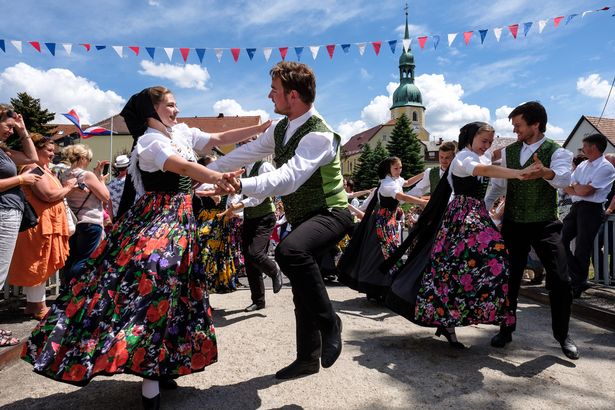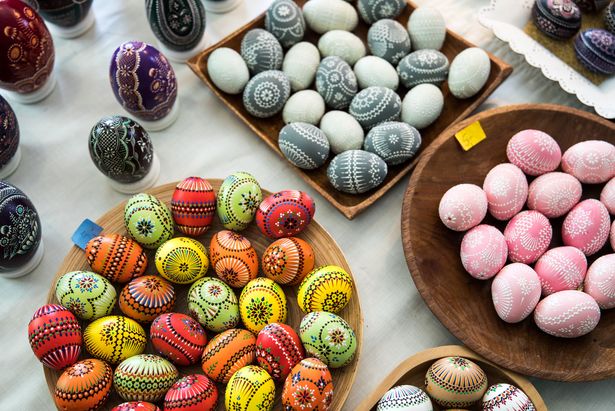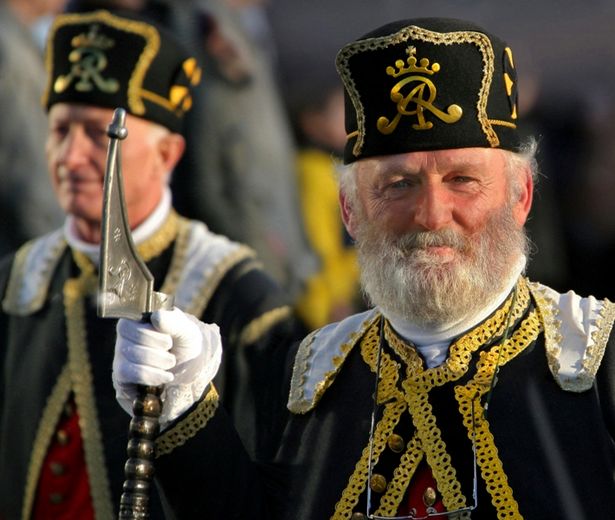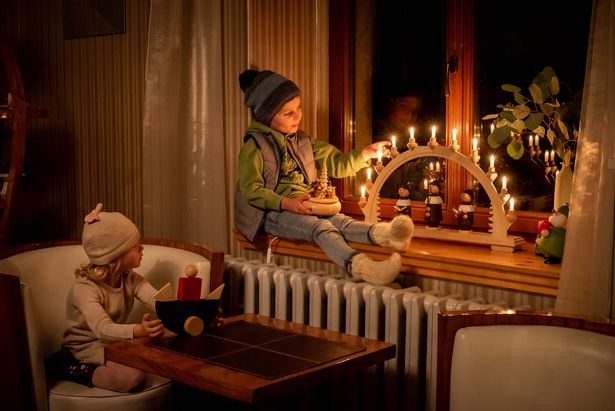In Saxony, old customs and traditions meet joie de vivre, a pioneering spirit and inventiveness. The region is not only the place of origin of a series of ingenious inventions that still shape our lives today. Many people also preserve long-standing traditions and carefully merge them with our modern life. See for yourself – and discover this special part of Saxony's soul!
Saxony’s ancient customs
How people are still living traditions
Discover Sorbian culture in Saxony
The Sorbs, a Slavic-speaking ethnic minority, are descendants of Slavic tribes who lived north of the Carpathian Mountains in Central and Eastern Europe. More than 1,000 years ago, they settled in Saxony’s Upper Lusatia, bringing with them a whole range of unique traditions. You don’t have to understand their language to be enchanted by Sorbian festivals and customs with curious names such as a carnival called “Zapust” or the famous Easter riding in Bautzen. Elaborately designed traditional costumes are also part of today's Sorbian life. Since 2014, this has been included in UNESCO's intangible cultural heritage.
Tip: Dive into the colourful world of the Sorbian people at the Sorbian Museum in Bautzen.
Celebrate Easter in Upper Lusatia
Many traditions and customs of the Sorbs are still alive and loved nowadays. Every child in this region will always remember celebrating the „Bird‘s wedding“- an ancient winter tradition on January 25. Around this date birds start to nest and lay their eggs and it is the time people start waiting for the awakeining of spring. A plate with sweets or a pastry in a shape of a bird‘s nest would be placed outside on window as a symbolic gift of the birds.
An even greater highlight are the Sorb’s customs and traditions around Easter with parades, arts and crafts and Easter egg hunts.
Miners traditions in the Ore Mountains
The Ore Mountains is another area in Saxony where ancient customs and traditions are still alive. This region is drawn by its mining past and present. The hardship and tough life of local miners created some unique and amazing traditions. Especially during Christmas season, when miners in their historic costumes can be seen parading during their annual miners’ parade in various towns around the ore mountains - a custom reaching back to the middle ages. The entire region and its traditions around mining has become a UNESCO World Heritage.
Tip: The Mining Museum „KohleWelt“ in Oelsnitz has gone through a complete refurbishment and will reopen in 2024 for visitors to explore the history and processes of a real coal mine.
The magic of Christmas in the Ore Mountains
Christmas is of great importance in the Ore Mountains. Influenced by religious traditions of the mining region, atmospheric lights in the windows during the dark winter as well as the traditional miner’s parades, Christmas has become the magical time of the year in the Ore Mountains. By the end of the 16th century the hype of silver and ore mining had died down. Hence people needed a new source of income. They focused on handicraft such as wooden art, which are focus of their Christmas traditions even today.
Tip: Visit the Toy museum in Seiffen, which beautifully shows local art, craft and the manufacturing of toys for more than 300 years.
Looking for an event?
Find your favourite event here and get tickets




